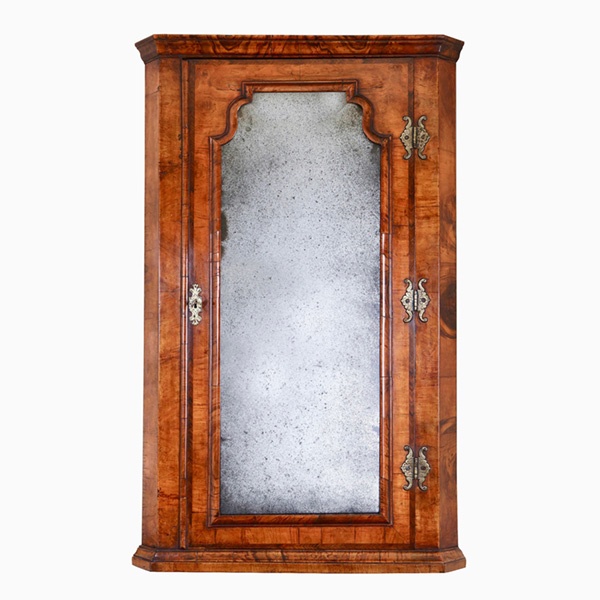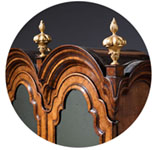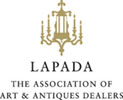17th Century Late Stuart Period Diminutive Olive Oyster Lace box
Sold
Request Information
Follow Us
17th Century Late Stuart Period Diminutive Olive Oyster Lace box
A fine and rare Charles II / William and Mary 17th-century olive oyster lace box of small proportions with parquetry star inlay. C.1670-1700. England
The cross-grain moulded and holly banded top is finely veneered in hand-cut pieces of olive cut horizontally, known as ‘olive oyster veneering’.
To the centre, a roundel of olive oysters boarders a parquetry star of box and ebony.
Similarly, the cross-grain moulded frieze is veneered in figured olive to the sides and face. The back is veneered in olive ash.
Condition
Good. Wear consistent with age and use. Lovely colour and patination throughout, minor restorations.
Dimensions
Height: 2.96 in. (7.5 cm)
Width: 11.82 in. (30 cm)
Depth: 9.45 in. (24 cm)
PREVIOUSLY SOLD
No Results Found
The page you requested could not be found. Try refining your search, or use the navigation above to locate the post.
No Results Found
The page you requested could not be found. Try refining your search, or use the navigation above to locate the post.
YOU MAY ALSO LIKE

Queen Anne Walnut Corner Cupboard with Bevelled Mirror Plate
A truly remarkable find in original condition. To the door a shaped soft bevelled mirror plate is framed by a cross-grain molding of typical queen Anne design which is further cross-banded, feather-banded and edged to the opening with a single de-molding.

Queen Anne Walnut Corner Cupboard with Bevelled Mirror Plate
A truly remarkable find in original condition. To the door a shaped soft bevelled mirror plate is framed by a cross-grain molding of typical queen Anne design which is further cross-banded, feather-banded and edged to the opening with a single de-molding.












